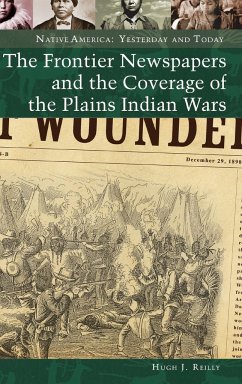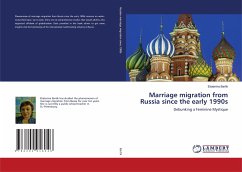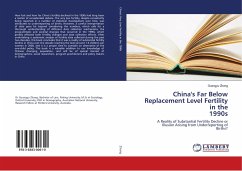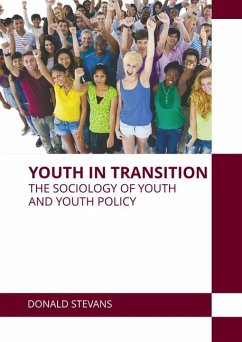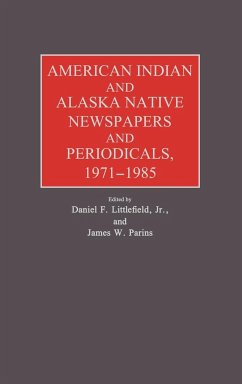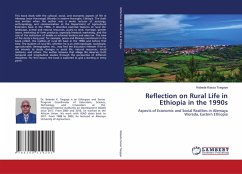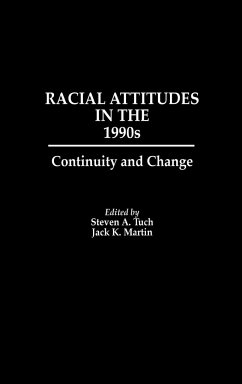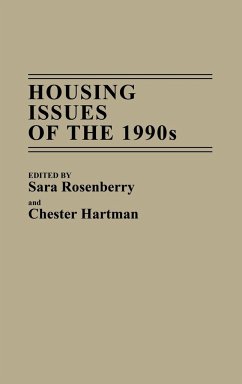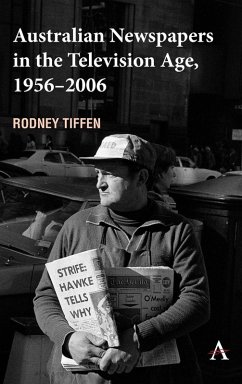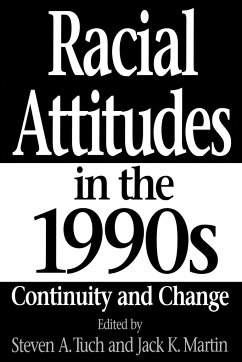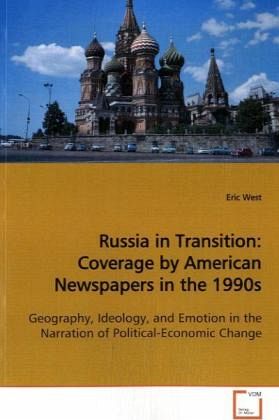
Russia in Transition: Coverage by American Newspapers in the 1990s
Geography, Ideology, and Emotion in the Narration of Political-Economic Change
Versandkostenfrei!
Versandfertig in 6-10 Tagen
52,99 €
inkl. MwSt.

PAYBACK Punkte
26 °P sammeln!
American foreign correspondence about Russia duringthe 1990s focused on neo-liberal political andeconomic reforms designed to Westernize the formerlyCommunist state. Some stories imagined the transitionabstractly, relying on the preconceived andideological notions of outsiders as well as nationalconceptions of Russian territory. Other storiesemphasized regional geographies and historical eventsthat were materially meaningful to Russians. Theseremarkable differences in ontology lead to a broadanalysis of the geographic and textual underpinningsof newspaper-journalism about Russia. This bookexpl...
American foreign correspondence about Russia during
the 1990s focused on neo-liberal political and
economic reforms designed to Westernize the formerly
Communist state. Some stories imagined the transition
abstractly, relying on the preconceived and
ideological notions of outsiders as well as national
conceptions of Russian territory. Other stories
emphasized regional geographies and historical events
that were materially meaningful to Russians. These
remarkable differences in ontology lead to a broad
analysis of the geographic and textual underpinnings
of newspaper-journalism about Russia. This book
explores representations of Russian territory in
transition including Russian and international
conflicts over economic development and political
power. The resulting critical geopolitics lays bare
both grandiose and local geographies promulgated in
American foreign correspondence and the textual
devices that made the events in Eurasia
understandable for a general, American audience. The
analysis is informative for professionals in
international relations, media or cultural studies,
and geopolitics and also for anyone interested in how
American journalists explain foreign places.
the 1990s focused on neo-liberal political and
economic reforms designed to Westernize the formerly
Communist state. Some stories imagined the transition
abstractly, relying on the preconceived and
ideological notions of outsiders as well as national
conceptions of Russian territory. Other stories
emphasized regional geographies and historical events
that were materially meaningful to Russians. These
remarkable differences in ontology lead to a broad
analysis of the geographic and textual underpinnings
of newspaper-journalism about Russia. This book
explores representations of Russian territory in
transition including Russian and international
conflicts over economic development and political
power. The resulting critical geopolitics lays bare
both grandiose and local geographies promulgated in
American foreign correspondence and the textual
devices that made the events in Eurasia
understandable for a general, American audience. The
analysis is informative for professionals in
international relations, media or cultural studies,
and geopolitics and also for anyone interested in how
American journalists explain foreign places.



